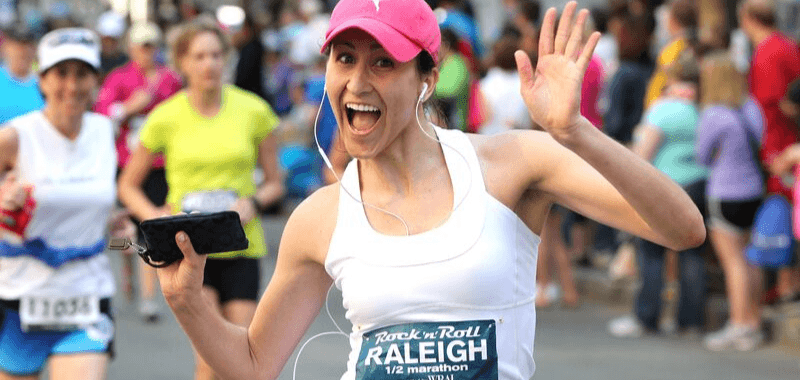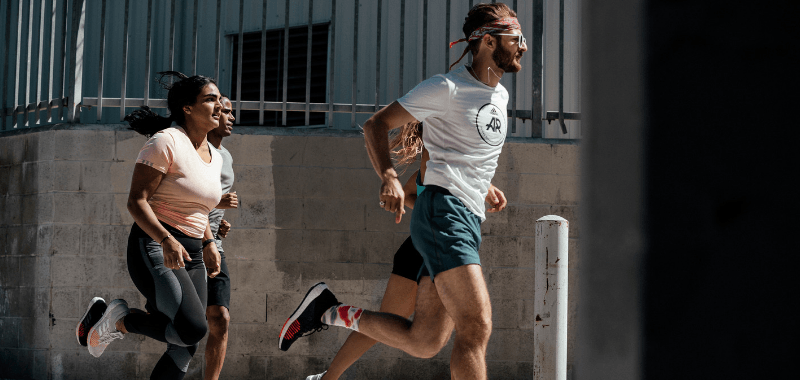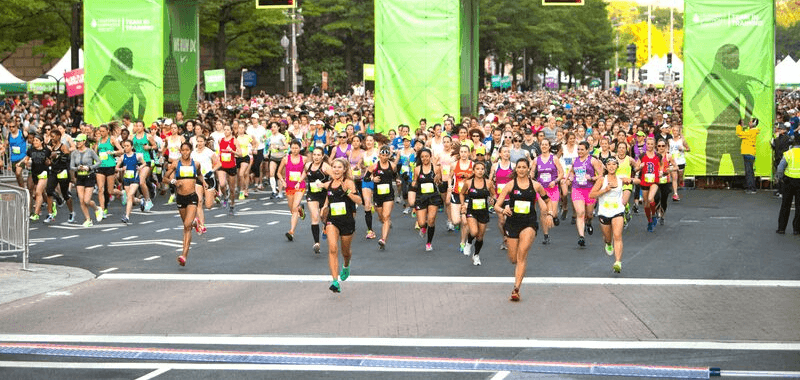Tabla de contenido
Suppose you’re in your 40s or beyond. In that case, the first thing to know if you’re thinking about getting into running or resuming training after a long time is that, when you’re in these years, the tendency is to slow down your running speed by three to six percent; if you’re in your 50s and 60s, that percentage increases to 10 percent; and it goes up to 15 percent per decade after age 70, as strength, flexibility, and bone density decrease.
The specialized magazine Runner’s World consulted its panel of experts a few years ago to obtain a series of valuable tips for those who have been running for a while, as well as for those who want to resume training, lose weight by running, or start doing some physical activity to keep in good shape and are in their 40s, 50s, 60s or older.
This panel believes the good news is that much can be done to prevent age-related decline.
Focus on strength
First, if you haven’t already started a strength training regimen (which helps runners of any age), starting at age 40 or older is more critical than ever. Muscle mass declines by about eight percent per decade after this age. So strength training helps counteract that loss while building muscle scaffolding to ease the load of running on aging joints.
The recommendation is to spend at least 30 minutes twice a week exercising muscles often lost during running (such as the glutes, hips, trunk, and arms). Ideally, use your body as a weight, doing squats, lunges, push-ups, and planks.
Preserve your flexibility every day
Flexibility is another ability that is lost with age. For that reason, if you are passing your 40s, 50s, 60s, or older, setting aside a daily session with a roller or foam roller is vital to preserve and regain flexibility. The foam roller for the hamstrings, quads, and glutes loosens connective tissues and promotes blood flow like a massage.
Keeping up the speed
A common occurrence when starting at this advanced age is for runners to avoid doing speed work. This could be due to two factors: one, old injuries, and two, the body’s decreased ability to transport oxygen to the muscles (known as the V02 max). Importantly, however, it is wise to speed things up occasionally.
Runners’ World consulted experts who suggested implementing exercises such as rapid leg rotation, which helps maintain neuromuscular coordination, range of motion, and fitness.
In addition, you can add some short exercises, such as 10-20 seconds of speed and 30-60 seconds of recovery, repeated 10 times, to a routine run. If you want to progress to something more challenging, try 60 60-second fast followed by a two-minute slow, repeated three times.
Take care of your bones
Kim Mueller, an elite runner, mother, and sports nutritionist, recommends consuming calcium and vitamin D to counteract age-related bone density loss, which can increase the risk of stress fractures in older runners.
Dairy products, tofu, broccoli, and sardines are good sources of calcium. The specialist recommends including fatty fish such as salmon in the weekly menu, taking cod liver oil supplements, and spending some time in the sun to get your vitamin D dose.

Kim Mueller, an elite runner, mother, and sports nutritionist, recommends consuming calcium and vitamin D to counteract age-related bone density loss, which can increase the risk of stress fractures in older runners.
Dairy products, tofu, broccoli, and sardines are good sources of calcium. To get your vitamin D dose, the specialist recommends including fatty fish such as salmon in your weekly menu, trying cod liver oil supplements, and spending some time in the sun.
Adjust your goals
You may not be going faster, but, in the words of Olympic marathon gold medalist Frank Shorter, promise to “slow down as slowly as possible.” A good idea is to encourage yourself every time you reach a new age group as it can be a way to set yourself a new challenge, such as exploring new distances (like 5K or 10K or a marathon) or new events (triathlons, trail races) where you can still make a shiny new personal best.
Perhaps the most important thing to consider is this: even if you’ve slowed down a bit, you’re still out there running and enjoying yourself.
Looking for a plan that trains with you, not against you?
At running.COACH, we don’t just build a schedule. We create a smart, living plan that evolves with you. It understands your level, your race goals and your real life. Whether you sync your GPS watch or train straight from our iOS or Android app, your plan adjusts automatically as you improve.
From day one, you’ll feel the difference:
- A fully personalized, dynamic plan designed for you.
- Automatic sync and effortless workout tracking.
- Real-time updates when life happens, including missed sessions, new races or schedule changes.
- Simple, science-backed guidance to train smarter and recover faster.
🎁 Start today and enjoy your first 30 days free.
Because the best training plan isn’t one you follow. It’s one that follows you.app.











0 Comments